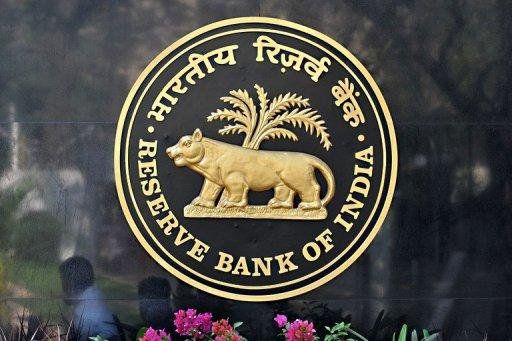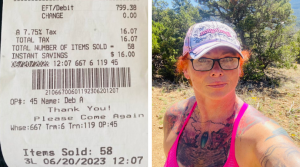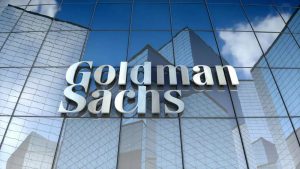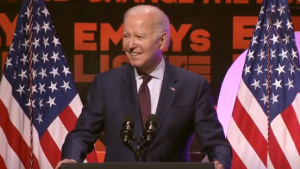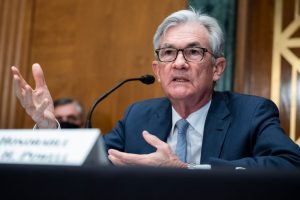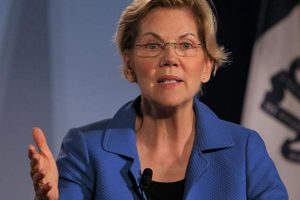The Reserve Bank of India’s (RBI) Monetary Policy Committee (MPC) started its three-day deliberations on Wednesday amid expectations of yet another interest rate hike of 50 basis points to control inflation. The MPC, headed by RBI Governor Shaktikanta Das, is scheduled to meet during September 28-30 and the decision will be announced on Friday.
In the past three policy reviews, the RBI’s rate-setting panel has raised 140 basis points in total since May this year. Currently, the repo rate, the interest rate at which the RBI lends to a commercial bank, stands at 5.40%. The dollar’s strength derived from the US Federal Reserve’s aggressive rate action has complicated the Indian central bank’s efforts to ease rate hikes.
Also Read | Why RBI would be pushed to hike interest rates
After easing for three consecutive months, the retail inflation in India rose again in August to 7%. This has affected the economists’ expectations regarding the monetary policy decision.
Vivek Iyer, partner and leader at Grant Thornton Bharat said, “We expect a 35-50 basis point hike from the MPC given that inflation is still a concern due to supply-side issues and evolving geopolitical scenarios around the Russian-Ukrainian conflict and the Sino-American tussle.”
Also Read | How the US Federal Reserve’s rate hike impacts RBI policy
Brokerage firm Morgan Stanley in its report has said it was earlier expecting a 35-bps increase but sticky inflation and the continued hawkish stance of central banks warrant continued front loading of rate hikes. “Market pricing is expecting a repo rate hike of a similar magnitude, 50 bps,” it added.
Amid the tight monetary policy regime, the banks have been increasing interest rates on both loans and deposits. A further rate hike will also prompt them to hike interest rates further.
Also Read | Why interest rates are being hiked globally?
Sunil Kumar Sinha, principal economist at India Ratings and Research, said, “August 2022 is the 35th consecutive month in which retail inflation has been higher than the RBI’s inflation target of 4% (plus/minus 2%). This is the second instance since the RBI adopted the inflation targeting approach that retail inflation has breached the upper tolerance limit of 6% for eight consecutive months — January 2022 to August 2022. The earlier instance was from April 2020 to November 2020.”
Ind-Ra believes that in line with the major central banks across the world, the RBI will continue to follow a tighter monetary policy regime, and another 25-50 bps hike in policy rates is expected in FY23, he added.
Also Read | How inflation affects RBI’s interest rate policy
Madan Sabnavis, Chief Economist at Bank of Baroda, said inflation in India remains high at around 7% and is unlikely to come down any time soon. “This means that a rate hike is given. The quantum is what the market would be interested in. While a hike of 25-35 bps would have signaled that the RBI is confident that the worst of inflation is over, the recent developments in the forex market could prompt a higher quantum of 50 bps to stay on track with other markets so as to retain investor interest,” he said.
The government has directed the RBI to ensure the retail inflation at 4%, with a margin of 2% on either side.
Also Read | Explained: Changes in repo rates and their impact on stock market
Aditi Nayar, Chief Economist at ICRA, also expects another “new normal” 50 bps rate hike from the MPC in September 2022.
With inflation likely to soften in October 2022, the December policy decision is likely to be highly data dependent, she added.

